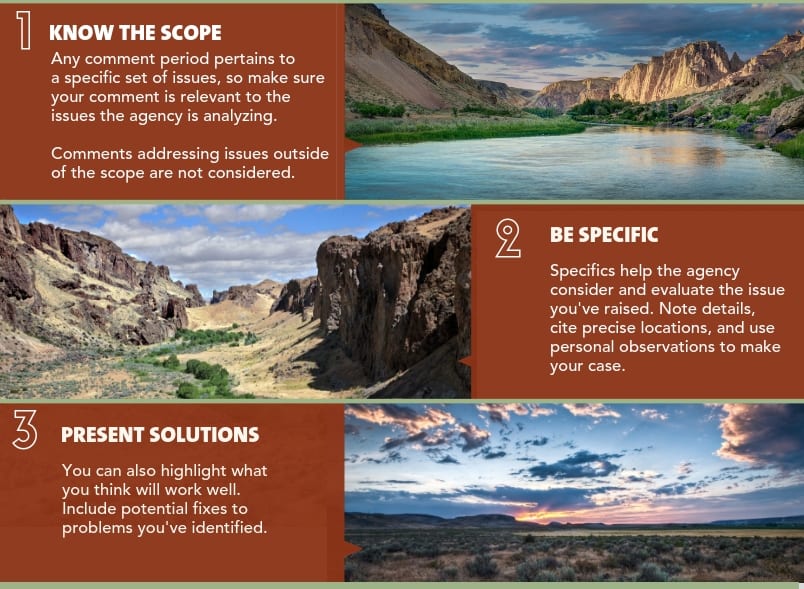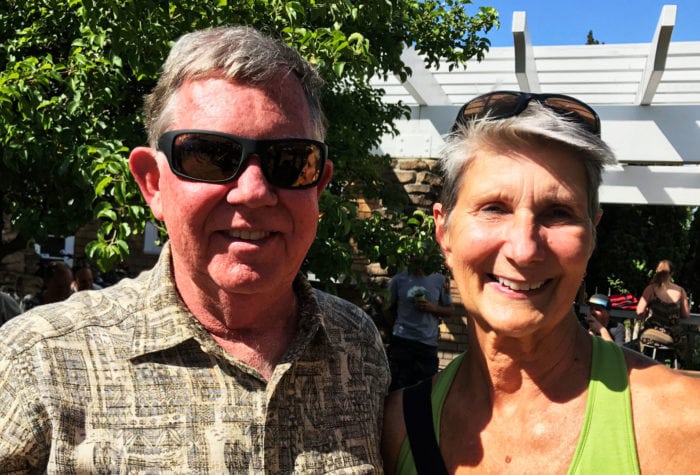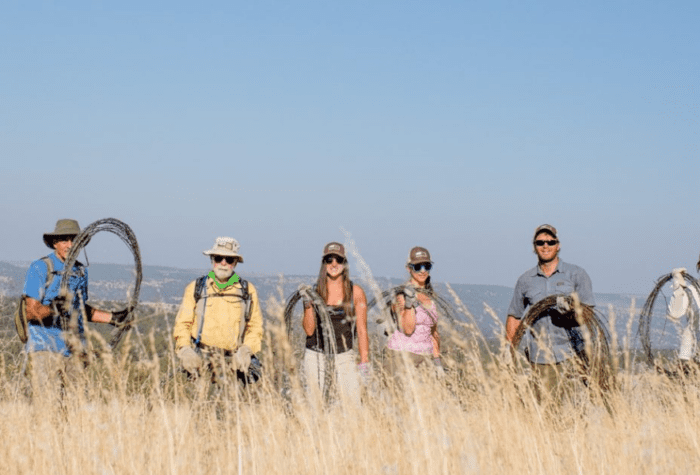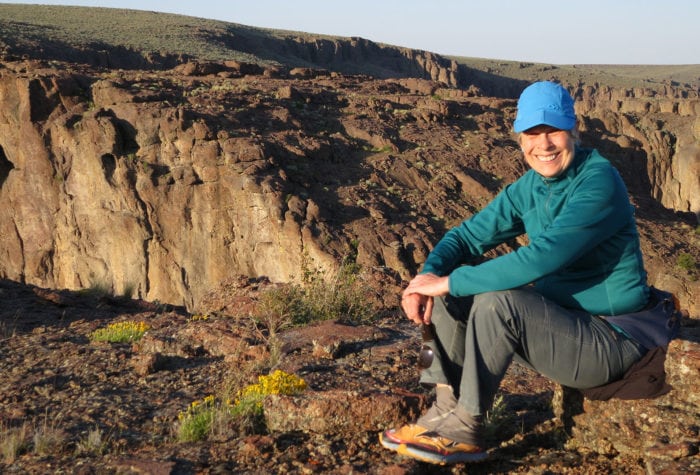Tips for commenting on federal land management planning:

If you follow these easy steps, you’ll successfully craft a “substantive comment” — a comment that the BLM must consider during their planning processes.
How does the BLM define a substantive comment?
BLM defines a substantive comment as one that:
- Questions the accuracy of information, methodology or assumptions used in the agency’s analysis
- Presents new information or reasonable alternatives not analyzed in a plan, or
- Causes changes or revisions to analysis or management alternatives
A substantive comment does one or more of the following:
- Provides new information relevant to analysis, a management alternative, or proposed management action
- Identifies a different way to provide for a management need
- Points out a specific flaw in analysis
- Suggests alternate methodology(s) and the reason(s) why they should be used to analyze and/or develop management alternatives
- Makes factual corrections to information or analysis
- Identifies new or different sources of credible research which, if used in the analysis, could produce new or different analysis and/or management alternatives
“To be most helpful,” the BLM notes, “comments should be as specific as possible.”
What are some examples of a substantive comment?
Please note these are generic examples and are not specific to any particular planning process.
“Several alternatives are purported to reduce fire risk through the construction of firebreaks. Where is the science indicating that constructing fuel breaks reduces fire risk or the extent of fire?”
“None of the alternatives restrict motor vehicles, ATVs and dirt bikes to designated routes. That failure will lead to continued degradation of sage-grouse habitat, as ATVs and dirt bikes roam, creating still more routes that subdivide blocks of habitat. “Existing routes” in many cases are excessive routes, including unplanned and redundant off-road vehicle tracks. Some should be closed to prevent further degradation of habitat.”
“Livestock grazing also leads to cheatgrass invasion, as overgrazing eliminates native bunchgrasses and degrades biological soil crusts, both of which represent the ecosystem’s natural defenses against this invasive weed (Reisner et al. 2013). In order to minimize the spread of cheatgrass, livestock forage removal limits need to be set under the RMP amendment, allowing no more than 25% of the available forage to be consumed each year (see Braun 2006, Holechek 2010). BLM must restore degraded habitats by managing for the elimination of cheatgrass from the system.”
“The proposed land use claims to have no detrimental impact on water availability in the numerous creeks that flow throughout the area. However, there is very little data available on groundwater and streamflow in the basin. Where is the science indicating the proposed development will not deplete water resources?”
“The area provides important habitat for greater sage-grouse, whose populations have declined more than 40 percent throughout Oregon since 2003. I am concerned that the proposed plan may not avoid impacts to sage-grouse and their habitat.”
What are some examples of non-substantive comments?
“I do not support Alternative D.”
“Protect our resources!”
“Please extend your office hours for those who work between 8 a.m.-5 p.m. Monday-Friday.”



